
ENGINE BLOCK HEATER AND TESTING
If you live in a very cold climate it may be a good idea to install an engine block heater. Here in the Colorado Rocky Mountains, it’s not unusual to see -25°F in the middle of the winter. It will help the oil flow more easily during start-up preventing any possible oil starvation issues.
The block heater also helps to keep the whole engine bay warmer and as a result of the battery slightly warmer as well, preventing a large voltage drop at very cold temps.
The block heater pulls 400W, about ¼ of a typical space heater, so you shouldn’t expect a large increase in your electric bill unless you use it all the time. You can also get an outlet timer to further help reduce your electricity usage.
There are a few styles of block heaters. Many require you to drain the coolant or pop out a freeze plug. Luckily, Toyota designed the engine block to have a hole drilled into the engine block so that all you must do is insert a heater cartridge into the hole.
I found a few people in the forums that said they had installed it themselves, but I could not find any photos of where the port in the block is.
In this guide, I’ll show you exactly where it is and how to install it.
Parts and Tools:
- Block heater: Check Today’s Price
- Silicone Heat Sink Compound: Check Today’s Price
- Dielectric Grease: Check Today’s Price
- Telescoping Magnetic Grabber or Similar: Check today’s price
LOCATE THE HOLE IN THE ENGINE BLOCK:

The hole in the engine block is at the back of the engine, next to the transmission. It is tricky to get to, but not impossible and the install doesn’t require removal of any components.
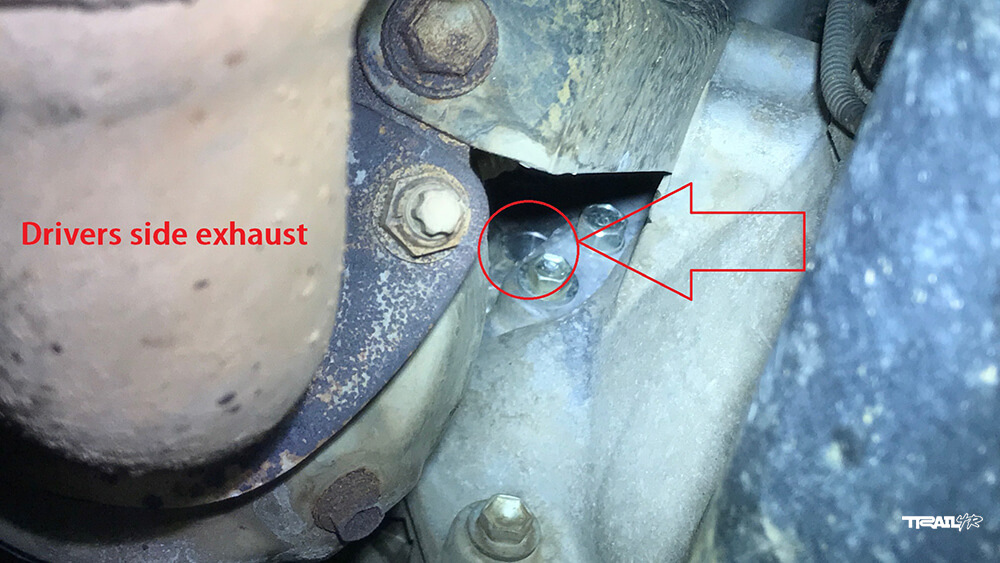
You will want to get the car up on jack stands or ramps.
Here you can see what the hole looks like from below the car. You don’t need to remove any of the skid plates unless you have a larger aftermarket skid plate installed.
Find the driver’s side exhaust and you should be able to see the hole to the right of it.
PREPARE THE ENGINE BLOCK HEATER:
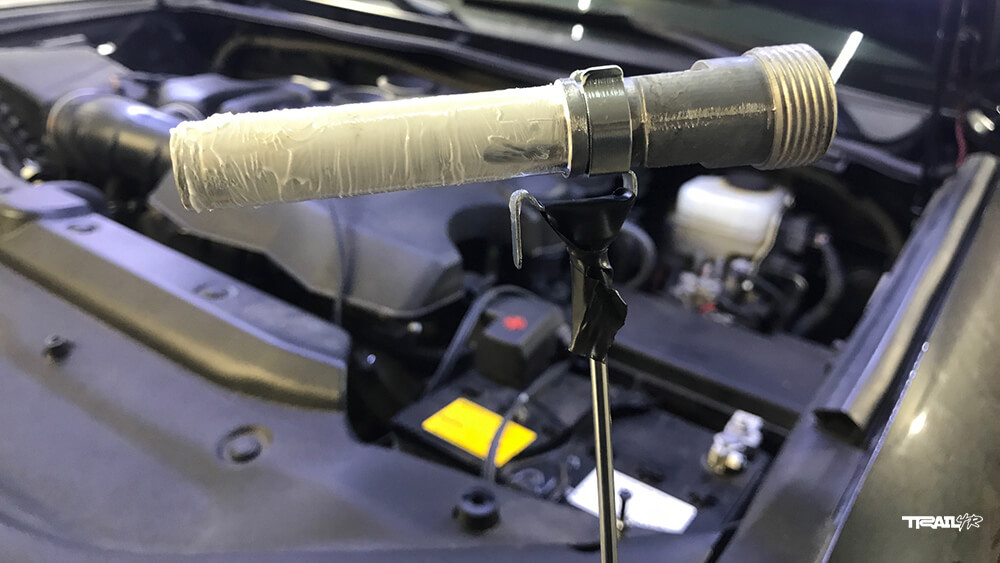
Using some gloves, apply the silicone heat sink compound to the block heater. This allows the heat to flow effectively into the engine block.
The easiest way to get the block heater into place is to attach it to a rod to get it lined up. I used a telescoping magnetic grabber and then used some tape to hole it in place.
INSERT THE ENGINE BLOCK HEATER:

Use the rod to slide the block heater into place. Once the heater is as far in as you can get it with the rod, pull on the rod to release the tape.
CLIP IN THE ENGINE BLOCK HEATER:

Finally, push the heater the rest of the way in by hand. There is a clip on the heater that will slid over a bump on the left side of the hole. That will clip the heater in and hold it in place.
LINE UP THE POWER CORD:
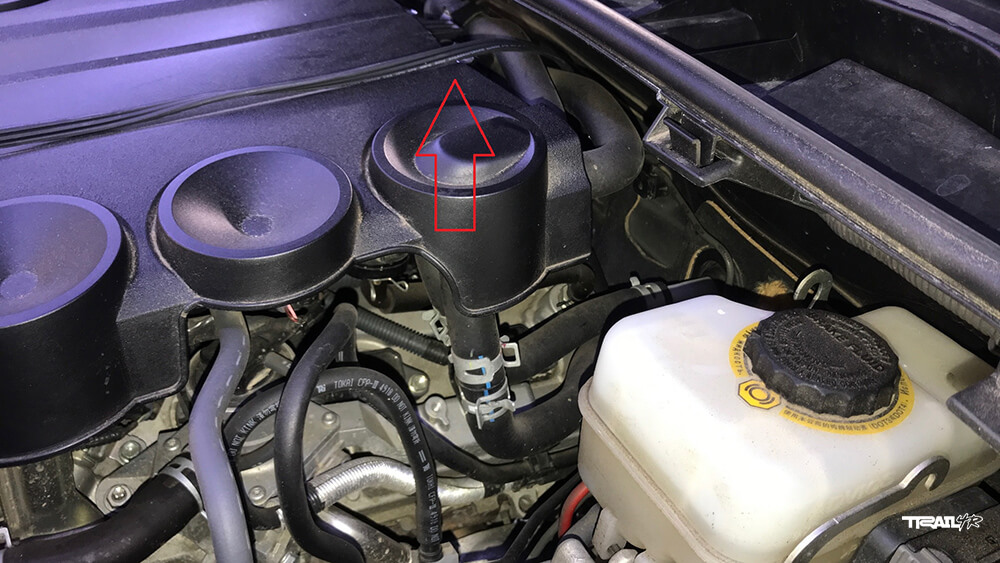
Drop the electrical cord down the back of the engine. If you drop it down the same location as shown in the photo it should end up next to the block heater.
PLUG IN THE BLOCK HEATER:

At this point you should be able to insert the orange end of the cable into the block heater. There is no polarity requirement.
ZIP TIE THE POWER CABLE
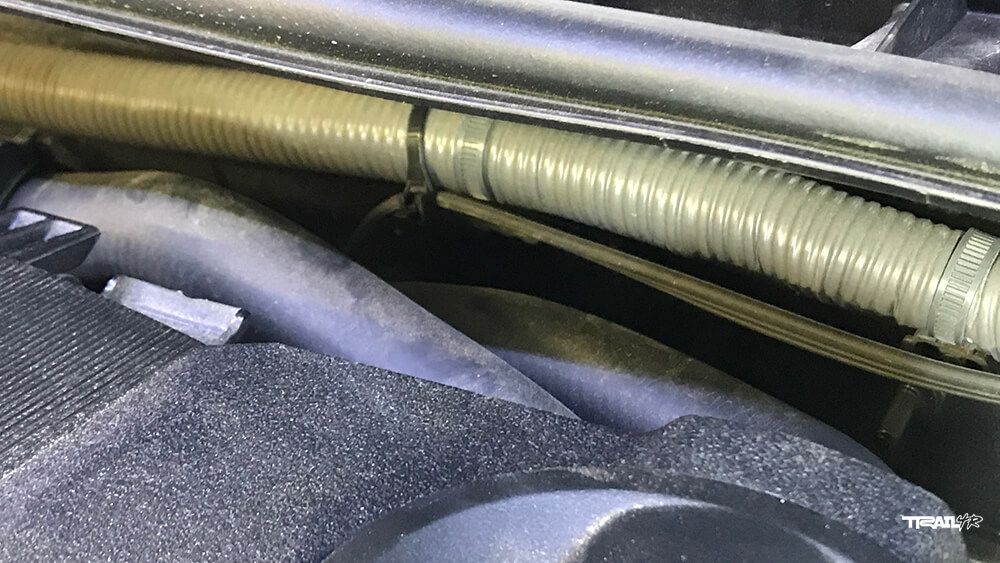
Ziptie the power cable to the grey wire harness that runs along the back of the engine bay. Place the first ziptie directly above the block heater. This should keep the wire away from any hot or moving parts.
ATTACH THE REST OF THE POWER CABLE
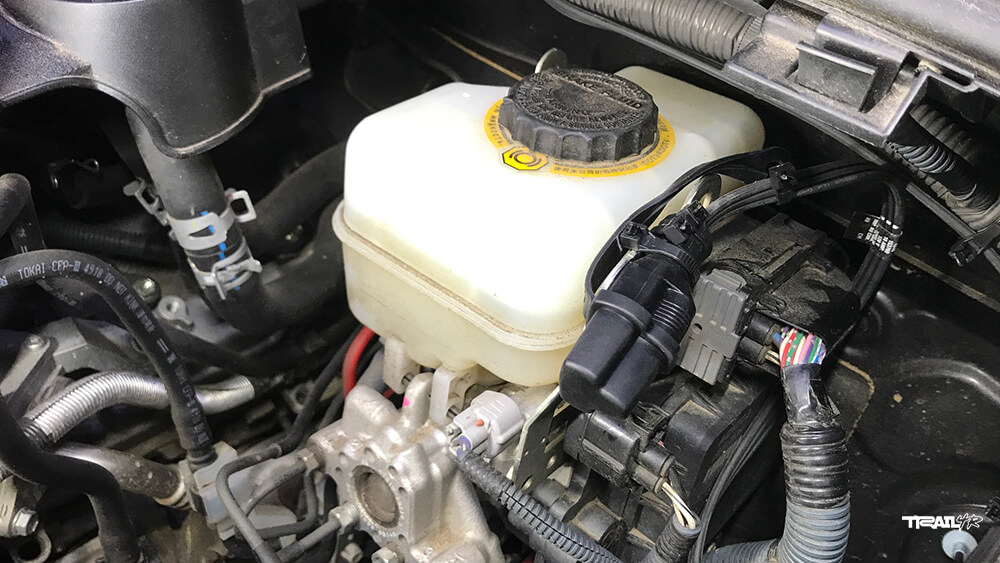
You have a few options here.
I chose to run the power cable to the driver’s side of the engine bay and attach it near the ABS module. Zip tie the power cable to the grey wiring harness and then zip tie the end to the bracket near the ABS module.
PERFORMANCE

I parked the car outside and measured the outside air temp as well as the coolant temp just prior to starting the engine. On the first day I did not plug in the block heater.
It was 3°F and the coolant temp read 12°F. On the second day, I plugged in the block heater for the full night. I measured 19°F outside and 69°F on the coolant temp sensor.
I definitely noticed that the engine started up with substantially less resistance. I also didn’t hear the air injector whine, while it did the day before.
The cabin temp definitely heated up faster as well.

My 2022 4Runner came with a Block Heater installed, and I want to remove it, should I cap it after removal or the hole can be just open?
in other words does a stock 4Runner (with no Block Heater) comes without any cover/cap/plug on the hole where a block heater goes.?
Just a heads up. While googling that part number I found this recall: https://www.carcomplaints.com/news/2021/toyota-engine-block-heater-recall.shtml
Not sure it effects everyone, but wanted to share.
Hello, I found your review to be very helpful. I want to let you and other 4runner owners know that the block heater you list has been changed by the manufacturer and does not fit without cutting with a hack saw. (Yours is a cylindrical shape all the way and the new one has a wider shoulder at the clip area but they are the same 3100129 part number) Just a heads up !
What kind of heatsink compound did you use?
https://www.amazon.com/gp/product/B0044NI2M2
Thank you.
A plug-in 120V/80W battery blanket by Temro, Zerostart etc…is also a great idea for cold engine starting. They go for about $30. Think of this: A cold soaked battery at -30’C(-22’F) produces only half of it’s normal power yet the engine requires three times as much battery power! No need to remove it in the summer.
Hi! Where you put the dielectric grease ? Thx
On the electrical contacts of the heater block.
Thanks, I can get the silicone your talking about, do you think this one will be great?
StarTech.com 20g Tube CPU Thermal Paste Grease Compound for Heatsinks Cooling HEATGREASE20 (White).
That will probably be fine
Excellent write up Bryson. I have a few questions. What is the Toyota part number? Is there enough cable to run the plug out the front grill? What are the threads on the block heater by the electrical connector for?
Thank you,
Ray
Part number PU140-00905
There is not enough cable to get to the front grill. You will need an extension for that.
The threads shown in the engine photo are for the transmission bolts.
FYI: I recently bought and installed an OEM Toyota block heater. It has a heat shield along the entire length of the cable and is long enough to run to the front grill. I live in Canada and the new part number is PK5A4-08J13. It goes for $99CDN. Took an hour to install. I measured a resistance of 70 Ohms at the plug end. This will let me know later on if it is still working.
2016 Trail Edition Premium
Where did you purchase your OEM Heater From?
At the Toyota dealer
I should test mine; I am not sure it is working.
It’s easy to test and will give you peace of mind. It should read about 70 Ohms and draw about 3.5A when plugged in. Good luck 🍻
Ray, it’s only showing 36 ohms on a Greenlee cm-1350.
I don’t have a way to see how many Amos it’s pulling.
Thoughts?
Thanks!
Mike
Thanks Ray. So is that measured from to 2 side by side pins and not the 3rd pin in the triangle?
Two side by side. The third is your ground.